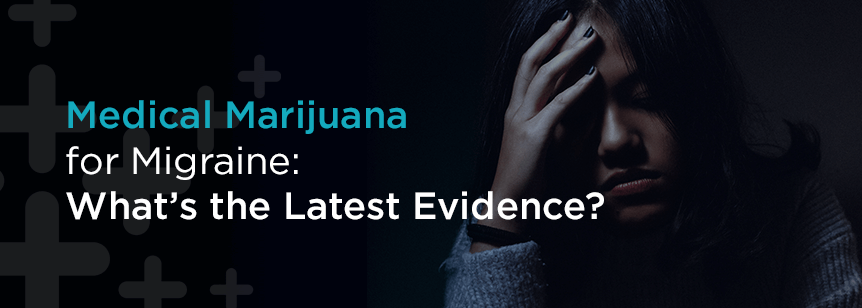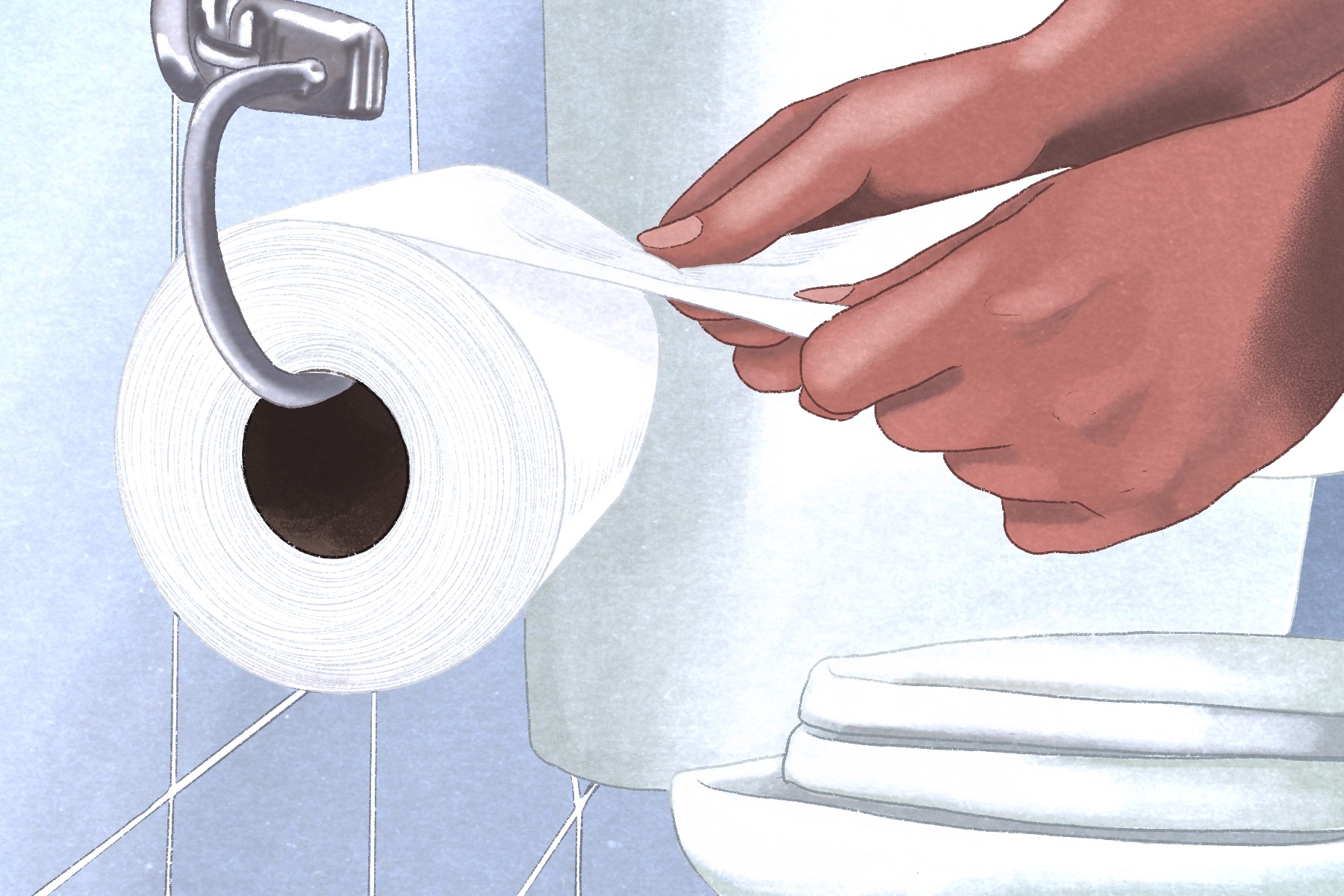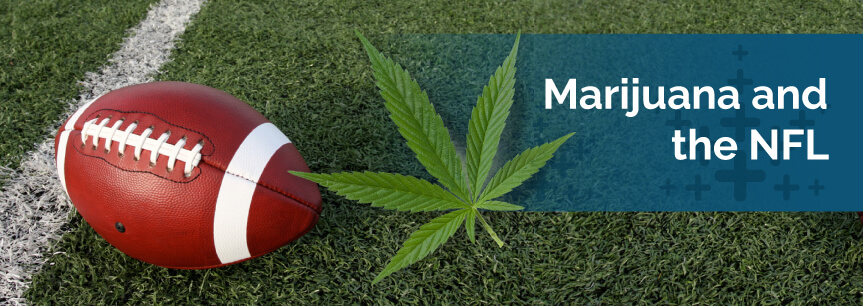You knew migraines were common, but did you know they’re the third most common disease worldwide, affecting more people than diabetes, epilepsy, and asthma combined? In the United States, 12% of the population gets these headaches, according to the National Headache Foundation. Of those, 90% say they can’t function normally when a migraine hits, 50% can’t do household chores, 30% require bed rest, and 25% miss work.
Nearly all migraine sufferers (98%) take medication for their headaches, which can cause pain on one or both sides of the head, sensitivity to light and sound, nausea and vomiting, lightheadedness and blurred vision. People with a specific type of migraine (migraine with aura) see flashing or bright lights before the headache hits.
Traditional medication—which can include over-the-counter drugs like ibuprofen and prescription drugs such as triptans—works well for some people. But others find the side effects (such as chest tightening, dizziness, and nausea) to be difficult to manage, and still other sufferers aren’t helped at all. Many people find that their headaches worsen throughout their lifetime.
Patients and doctors are increasingly turning to another treatment option: medical marijuana. Though its effectiveness in fighting migraines hasn’t been scientifically proven—in part due to the federal government’s restrictions on studying marijuana—some research has shown that it can help ease (and possibly prevent) symptoms. Anecdotal evidence from patients also points to benefits.
How marijuana can help
The use of marijuana to treat headaches isn’t a new idea. Documents from the second, third, and fourth centuries BC recommended cannabis to “bind the temples” and cure “diseases of the head,” according to a study published in Cannabis and Cannabinoid Research. Introduced in the West in 1839, cannabis was used medicinally for about a century before being outlawed in the United States in 1937, effectively ending medical use.
Now that 33 states in the U.S. have legalized medical marijuana, however, interest in and use of marijuana to treat migraines has grown. Scientists aren’t certain why it works, but they do know that tiny loops of protein in the brain called cannabinoid receptors affect the way people feel pain—and that natural compounds in marijuana called cannabinoids can change the way the receptors work and calm down pain signals.
Another theory relates to inflammation. Migraines have been linked to excessive inflammation in the brain, and cannabinoids have anti-inflammatory properties.
In a 2016 study, University of Colorado scientists had 121 migraine sufferers use marijuana every day to prevent attacks. The number of monthly headaches decreased from 10.4 to 4.6 with the treatment. Another study, presented at the 3rd Congress of the European Academy of Neurology in Amsterdam, the Netherlands, in 2017, found that migraine sufferers who received a 200 mg dose of marijuana each day experienced 55% less pain, and that marijuana was more effective at reducing the frequency of attacks than a prescription drug.
If you’d like to try medical marijuana for migraine, consider this expert advice:
- Know your state’s laws. More than half of U.S. states, districts, and territories allow marijuana for medical use.
- Know the difference between THC and CBD. Marijuana contains more than 100 compounds, but two of the most commonly studied are tetrahydrocannabinol (THC) and cannabidiol (CBD). THC produces a euphoric “high,” while CBD does not. Both have been linked to a reduction in pain and nausea. Various preparations of marijuana contain different amounts of both compounds, and some contain one or the other. (The marijuana used in the study presented in Amsterdam contained both THC and CBD.) Some patients report that marijuana high in THC works well to lessen the severity of a migraine, especially if taken at the onset of a headache, while CBD-rich cannabis can work well for prevention.
- Understand the different forms. Marijuana can be smoked or inhaled through a vape pen—two options that offer fast relief. For those who don’t like the idea of smoking or vaping, there are other choices, including pills, tinctures that can be applied under the tongue, and topical creams that can be applied to the base of the neck during a migraine. Edibles (such as baked goods and candies) are another option—although, since the effects take much longer to achieve than with other methods, they may not be the best option for breakthrough pain.
- Consult a specialist. A physician who is knowledgeable about cannabis can help you determine which strain, dosage, and administration method may be right for you. A certain amount of trial and error may be necessary before you find the approach that works best for you. It’s also important to also discuss your treatment with other health-care providers you may be seeing for your migraines.
- Be aware of possible side effects. Short-term effects of cannabis can include lowered blood pressure, increased heart rate, and anxiety.
About the Author
Andrea Barbalich, a journalist who has held top editorial positions at Meredith, Scholastic, and Rodale, writes frequently about health for RD, AARP, Health Monitor Network, and other outlets.






